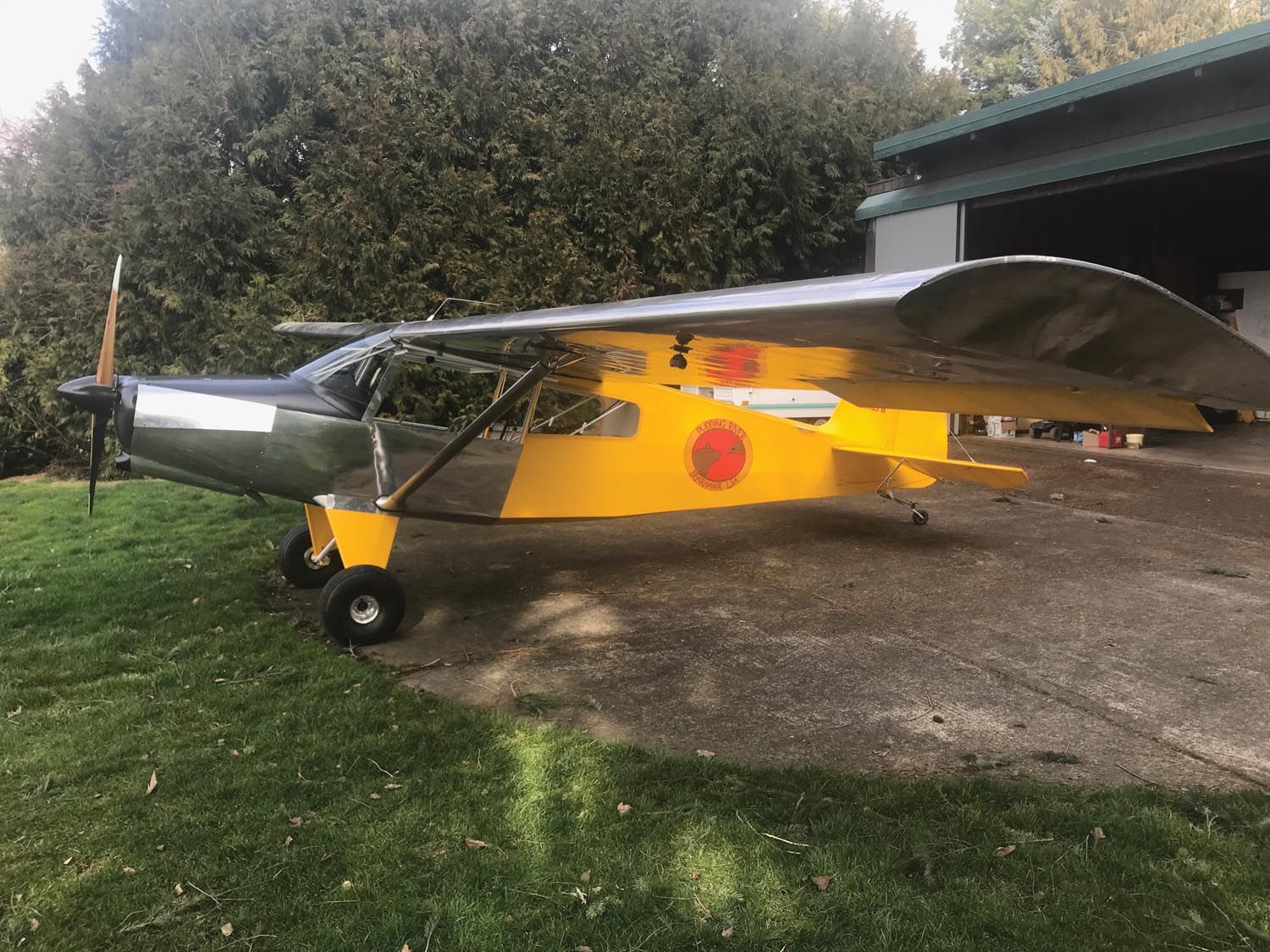
A week after Valentine’s Day, we finally had the confluence of circumstance we’d been awaiting, and the ForeverHawk, our six-year and two-week Bearhawk LSA project, was ready to fly. The scales said the empty weight was 836 pounds, including oil and three quarts of unusable fuel. The CG, with the pilot seated, was close to the front edge of the envelope. We’d been signed off by the DAR, insurance was in place, the weather was cold and clear, and winds were light.
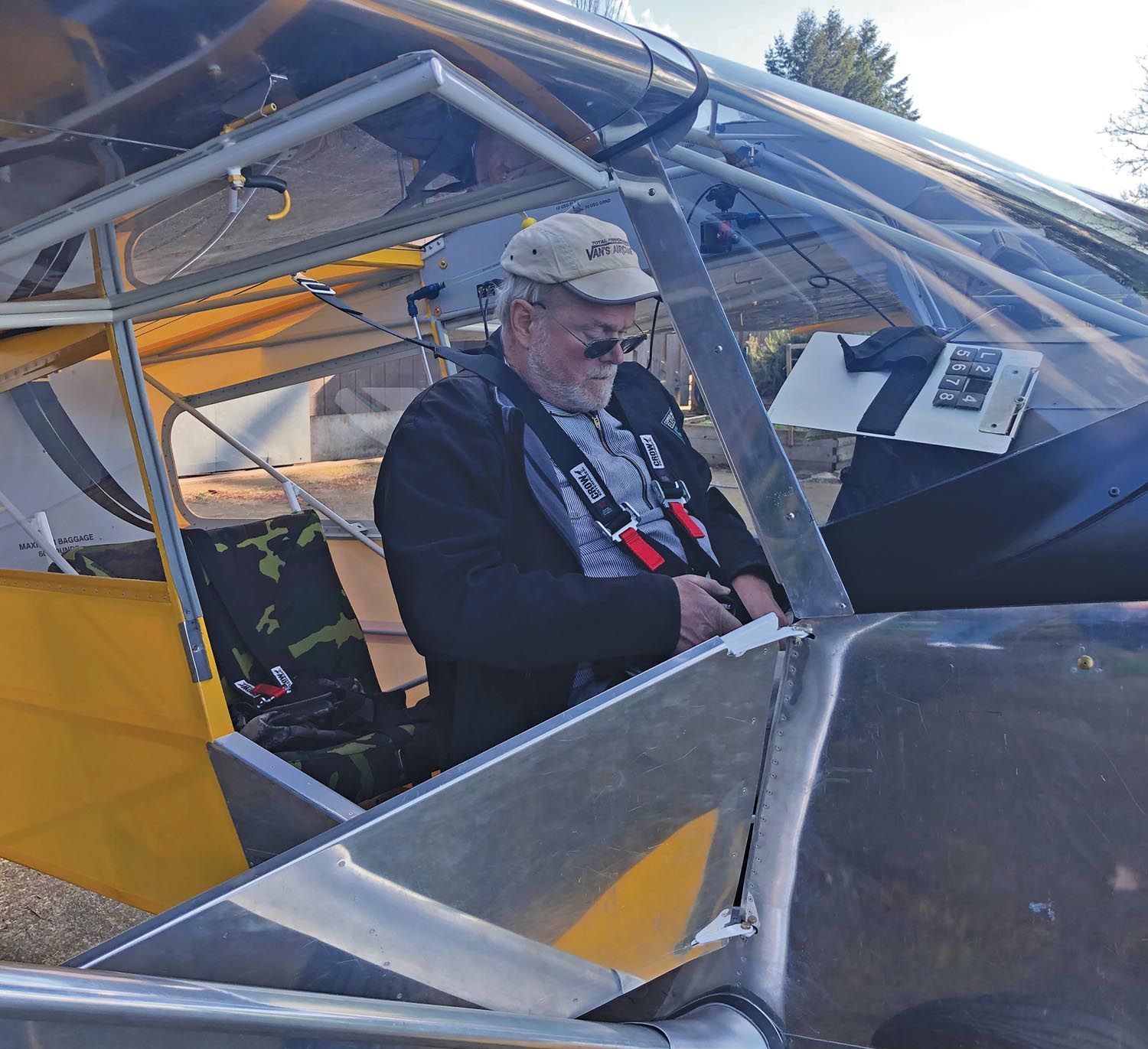
We’d been inspecting the airplane for a couple days, writing and rewriting checklists, and reviewing the new EAA test flight manual. I spent several sessions alone, sitting in a plastic chair in my hangar (the warm part of my hangar!), trying to visualize my way through the first flight. Then I spent the better part of two hours sitting in the airplane doing the same thing. I wanted to be able to put my hands and feet exactly where I wanted whenever I needed. I wanted to know what the pitch attitude looked like in the three-point stance. I wanted to be sure I could get full control movement.
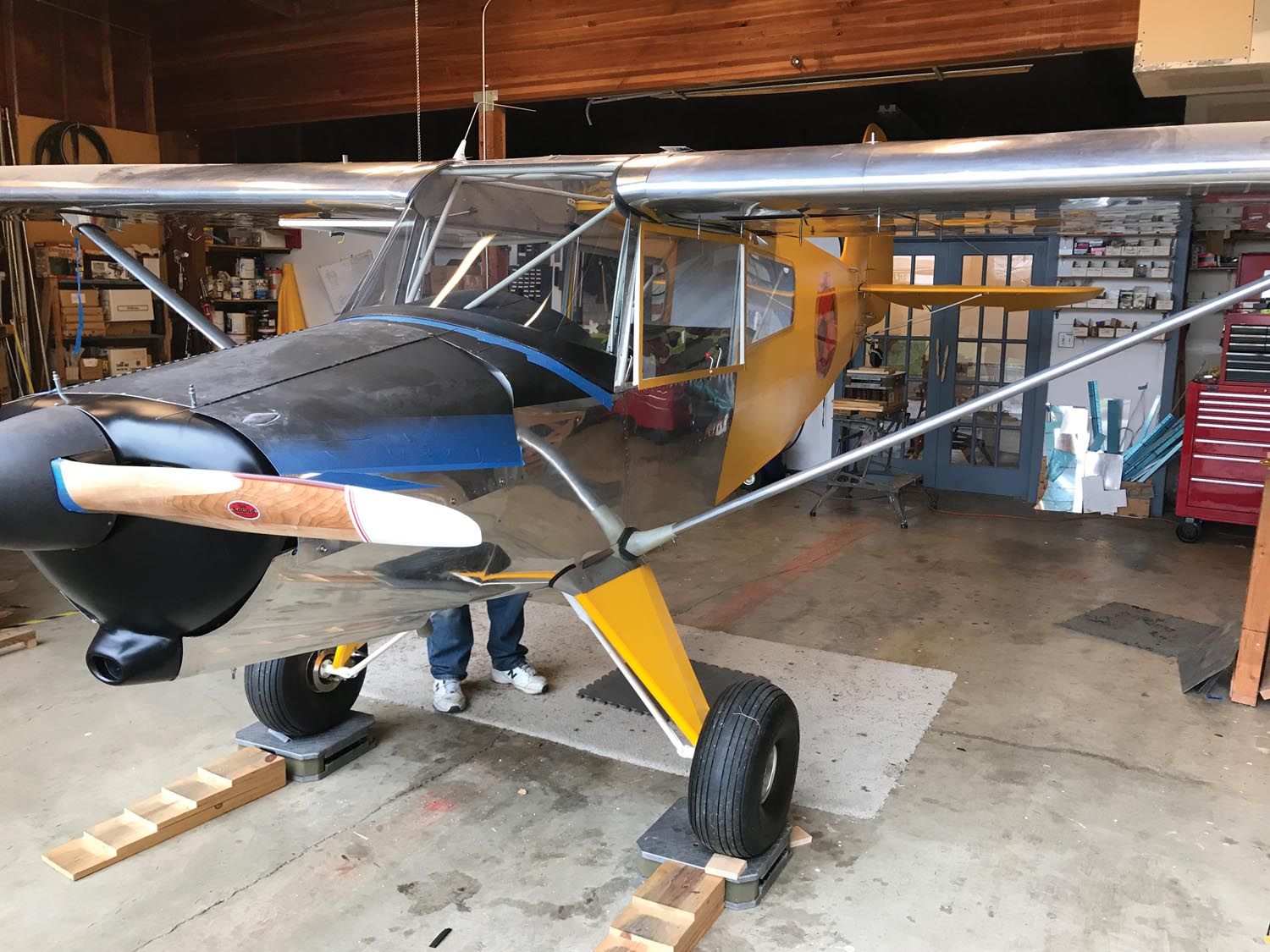
While I was doing that, Rion Bourgeois, Philip Groelz, and Greg Hughes were installing GoPro cameras on the wing struts and cabin ceiling. Rather than try to record instrument readings on a kneepad, I’d just monitor them and let the camera do the recording.
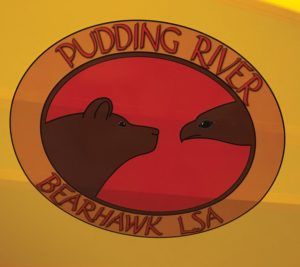
Finally at 1 p.m., I started the engine and, after warming up the little O-200 for a few minutes, taxied out to Runway 34. With 2500 feet of grass in front of me, I lined on the right side of the runway—just in case there was more swing than I was ready for—focused on the tip of a faraway tree that happened to line up with the spinner, and pushed the throttle to the forward stop.
Nothing much happened. Most of my last 2500 hours have been in RVs with constant-speed props—airplanes that make a loud noise, give you a firm shove between the shoulder blades, and throw themselves into the air. Not this airplane. It trundled slowly forward, taking its own sweet time to accelerate. The tail came up a little higher than I wanted, and as I eased it back down, the main wheels left the ground. A quick glance at the tach showed about 2100 rpm. No wonder it seemed so leisurely! But, finally, here we were with the shadow falling away and the trees sliding underneath the nose. A quick grab at the trim and a few deep breaths, and we’d reached 600 feet. Another couple minutes of climbing, and it was time to try a few gentle turns. That was humbling…the tail went swinging one way and the nose the other. Well, that’s why those pedals are on the floor! A few more tries got things better organized, and I circled the strip for 15 minutes or so. The engine sounded good, even though it wasn’t turning many revs. The left wing was very slightly heavy, and if I held the wings level and took my feet off the rudder pedals, the nose would yaw slowly but steadily to the left.
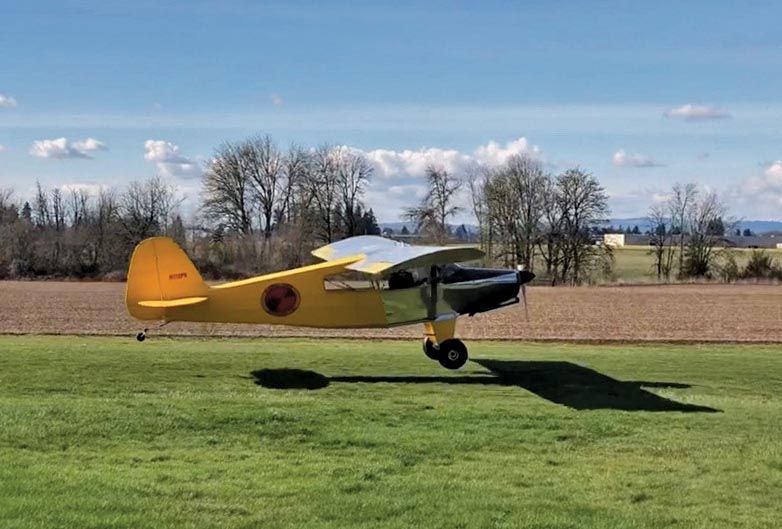
I spent the next 15 minutes determining that the airplane was controllable and handled normally. That and an engine reading were all that was on our first test card, so it was time to land. With some effort I got the speed down to 60 knots on an upwind leg and had to work harder to get down to 55 on the downwind. As I turned base I was still high, and even at idle and 55 knots, the slippery little beast just wasn’t coming down. On short final, unwilling to try a hard slip until I knew the airplane better, I gave it up and went around. On the next try, I flew the pattern 200 feet lower and 5 knots slower. The approach angle was much better, but the threshold went by and the first runway light went by and the second runway light went by—obviously I was still too fast! Eventually the main wheels stroked the grass. I pinned them on with a touch of forward stick and let the airplane roll. Finally the tail came down, and we rolled out without using the brakes. At the 1400-foot mark, I turned around and taxied home. My wife was there, along with a few neighbors and my partners, Rion and Philip. To varying degrees, they all looked relieved. FoPaw, the poodle, seemed unimpressed. You’re back? OK. Throw the ball.
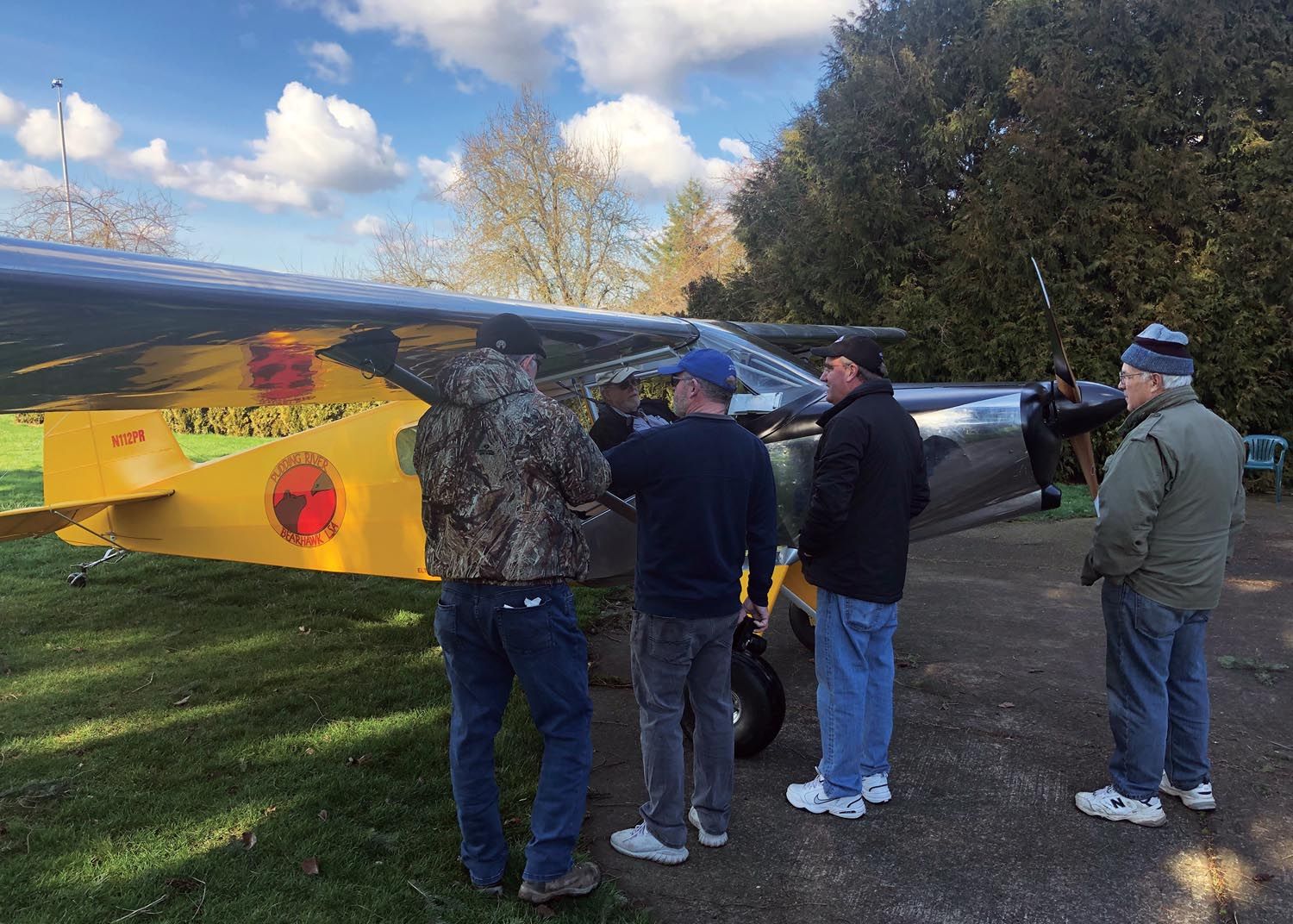
A few minutes later, Rion was in the air on his first flight. Philip flew it the next day and was the first to land it without going around at least once.
The next day the weather had turned back to winter crud and was forecast to stay that way for a week, so we went to work on the squawk list. The prop was quite overpitched—even at 27 inches MAP and 2000 feet, we could only get about 2350 rpm and about 104 knots indicated. We’d like to see about 2750 rpm and hope that gives us about 115 knots. Crashing static on the radio was annoying. The carb heat cable stop needed reinforcing. On the third flight, a fine mist of oil started stippling the windshield.
Two weeks later, we’d fixed the radio and carb heat cable. Replacing the front crank seal solved the oil leak. Reworking the prop allowed the engine to turn up faster, but we’re still not getting redline rpm. Right now, 24 inches of manifold pressure at 3000 feet density altitude gives us an indicated airspeed of 100 knots at 2475 rpm. Full throttle results in something around 115 knots.
When spring finally arrived, we really started to learn our new toy. It had been a long time coming.
Summing Up the Project
Partnership: We’re all still friends. In fact, although we had some minor differences along the way, I can’t remember a serious disagreement. We made a lot of decisions, and most of them were better for having been decided jointly.
I’ve built four airplanes, two from kits and two from scratch. The kits I built by myself, but the scratch-builts were done with partners. A good partnership, with clearly spelled out expectations and financial arrangements, is a good way to build an airplane. I doubt if I would, or could, have completed the scratch-builts without the partnerships. There’s a lot to be said for knowing that even if you can’t work on the airplane, others are still making progress.
Time: When we first spread the plans around on my living room floor and agreed to build the airplane, we figured it would take about three years. When we set down the tools, looked at one another, and declared it finished, we’d been working on it for six years, two weeks, and two days. We have no idea how many man-hours went into it.
Another scratch-built Bearhawk LSA was completed by a builder who invested about 5000 hours over three years. He worked by himself in an un-air-conditioned shop—in Arizona. Our hats are off to that man! More than ever I am convinced that the thing that makes homebuilt airplanes doable for most mortals is the kit. If you think a Bearhawk LSA is the airplane that fits your needs, by all means build one. But do it from the kit!
Money: I originally figured on around $25,000 to complete the airplane. That might be possible, but that’s not how ours ended up. We formed an LLC and ran all the purchases through that, so there’s not much unaccounted for—and we ended up spending just south of $50,000.
Well, if you buy a $1000 exhaust system, an $800 alternator, a $700 GPS, and hire a professional welder at (a bargain!) $25.00 per hour for 160 hours, it all adds up. This is another place the partnership benefited us. We could make some expensive—but quality—choices that individually none of us could have afforded but could tolerate when split three ways.
So, in the end, we took twice as long and spent twice as much as we originally estimated.
Sounds about right…



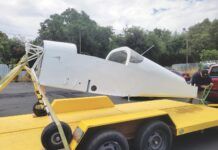

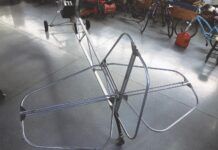
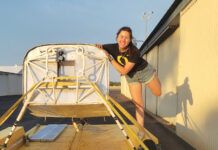

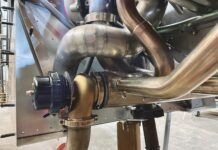
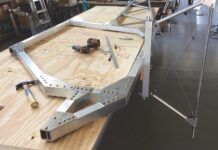
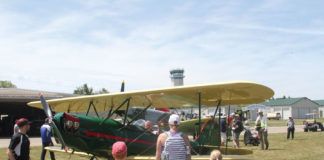
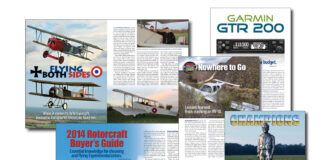
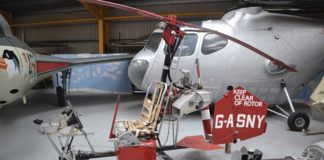
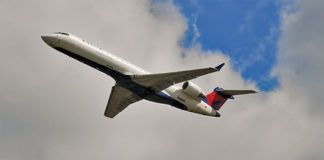
Question for Ken Scott; how did you build the wing tips for the Bearhawk LSA?